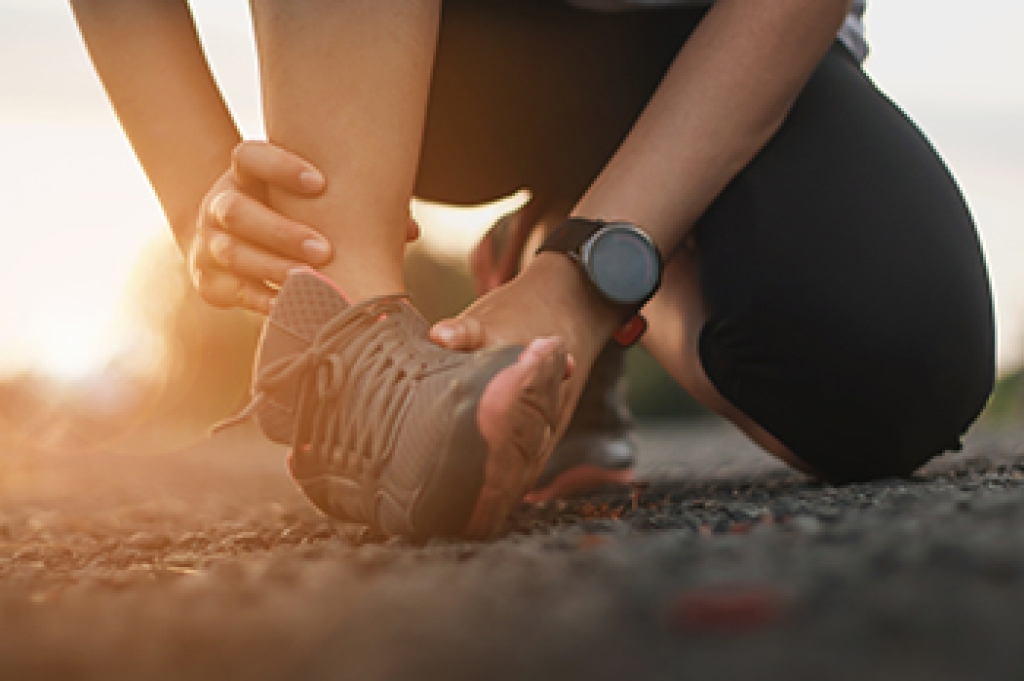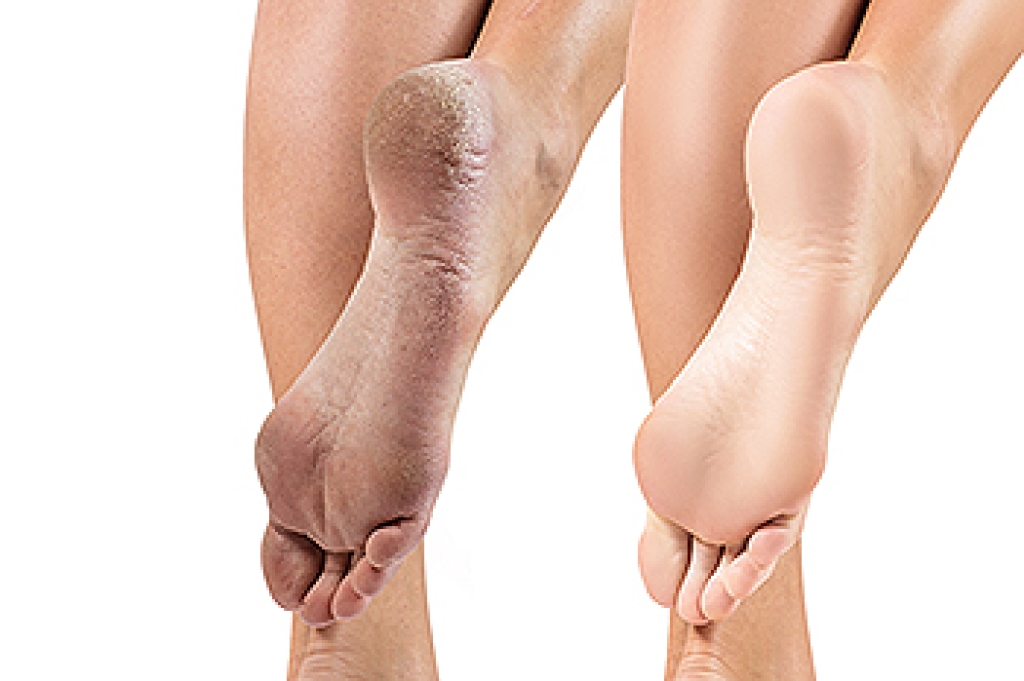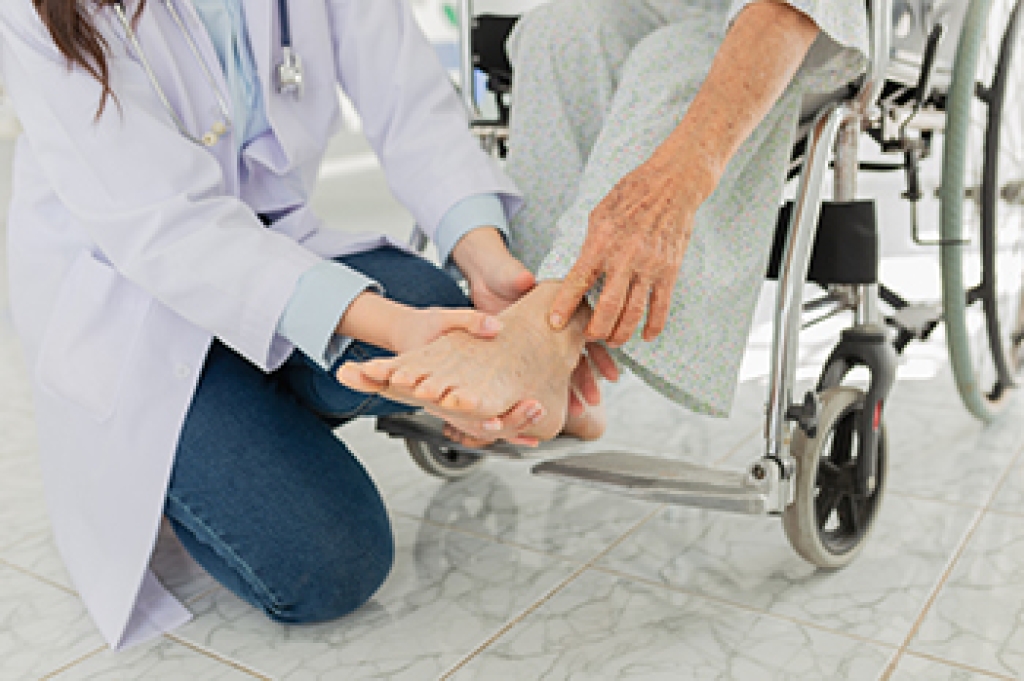
Ankle sprains can affect anyone, although some people are at a higher risk of injury than others. If you have a history of ankle sprains, you may be more prone to future sprains, because weakened or stretched ligaments can lead to chronic ankle instability. People involved in sporting activities that require frequent jumping or quick direction changes, such as basketball or soccer, also face a higher likelihood of incurring this type of injury. Anyone with loose joints, known as ligamentous laxity, has a greater chance of ankle sprains resulting from flexible ligaments. A high-arched foot structure can further increase risk, as this foot type often makes inward rolling easier, predisposing the ankle to injury. Weak muscles surrounding the ankle can also contribute to sprains, as these muscles provide stability during high-risk movements. A chiropodist can assess your foot structure, joint stability, and muscle strength, recommending exercises or supports to reduce your injury risk. If you believe you have sprained your ankle, it is suggested that you schedule an appointment with a chiropodist for advice and guidance.
When one or more ligaments in the ankle overstretch or tear due to injury, an ankle sprain occurs. If you would like to learn more about ankle sprains, please consult with one of the chiropodists from The Footcare Centre. Our chiropodists can help you maintain the health of your lower limbs and your mobility.
Symptoms of an ankle sprain vary depending on the severity of the injury, but may include:
- Pain
- Swelling
- Bruising
- Tenderness
- Difficulty walking
- Ankle instability
- A reduced range of motion in the ankle
Treatments for an ankle sprain may consist of:
- Resting the injured ankle
- Applying ice
- Elevating the ankle
- Compressing the ankle
- Over-the-counter pain medications
- Ankle braces or other devices to take weight off of the ankle
- Ankle exercises
- Surgery (in rare cases)
It’s important for the sprained ankle to heal correctly and fully in order to avoid repeated injury. If you have any questions, please feel free to contact our office located in . We offer the newest diagnostic and treatment technologies for all your foot care needs.




